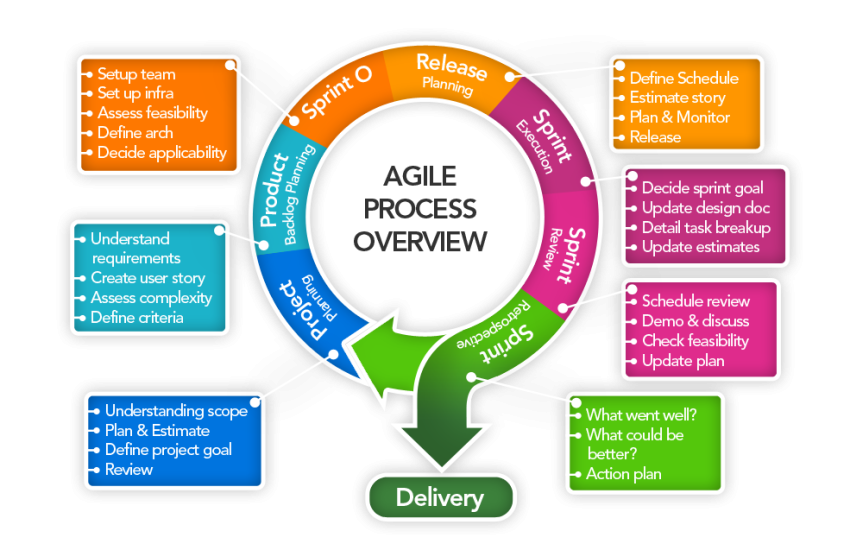Responsive Web Development for Cross-Device Optimization
In today’s fast-paced digital world, having a responsive website is more important than ever. With the multitude of devices available to consumers, from smartphones and tablets to laptops and desktops, ensuring that your website looks and functions well on all of them is crucial for attracting and retaining users. Responsive web development is the key to achieving cross-device optimization and providing a seamless user experience across all platforms.
What is Responsive Web Development?
Responsive web development is a technique that allows websites to adapt to the various screen sizes and resolutions of different devices. This means that your website will look and function properly whether it is viewed on a small smartphone screen or a large desktop monitor. By using responsive design principles, developers can create websites that automatically adjust their layout, content, and images based on the device being used to access them.
The Benefits of Responsive Web Development
There are many benefits to using responsive web development for your website. One of the biggest advantages is that it provides a consistent user experience across all devices. This can increase user engagement, reduce bounce rates, and improve conversion rates. Additionally, responsive websites are favored by search engines like Google, as they prioritize mobile-friendly sites in their search results.
Responsive web development can also save you time and money. Instead of creating separate websites and applications for different devices, you can build one responsive website that works on all platforms. This simplifies the development process and allows you to make updates and changes more easily.
Best Practices for Responsive Web Development
When developing a responsive website, it’s important to follow best practices to ensure that your site is optimized for cross-device compatibility. Here are some tips to keep in mind:
1. Use a Mobile-First Approach
Start by designing your website for mobile devices first, and then scale up for larger screens. This ensures that your site will look good and function well on smaller screens, which are becoming increasingly common among users.
2. Prioritize Content and Functionality
Focus on the most important content and functionality of your website, and make sure they are easily accessible on all devices. This may require simplifying your design and navigation to create a more streamlined user experience.
3. Optimize Images and Media
Use high-quality, responsive images that load quickly on all devices. Consider using CSS media queries to adjust image sizes based on screen resolution, and use lazy loading techniques to improve page load times.
4. Test on Multiple Devices
Before launching your website, be sure to test it on a variety of devices and screen sizes to ensure that it looks and functions as intended. This will help you identify any issues and make necessary adjustments before going live.
Conclusion
Responsive web development is essential for achieving cross-device optimization and providing a top-notch user experience on all devices. By following best practices and implementing responsive design principles, you can create a website that looks and functions well on smartphones, tablets, laptops, and desktops. This will not only improve user engagement and conversion rates but also help boost your site’s visibility in search engine results. Invest in responsive web development today and reap the benefits of a mobile-friendly website that stands out in a crowded digital landscape.


